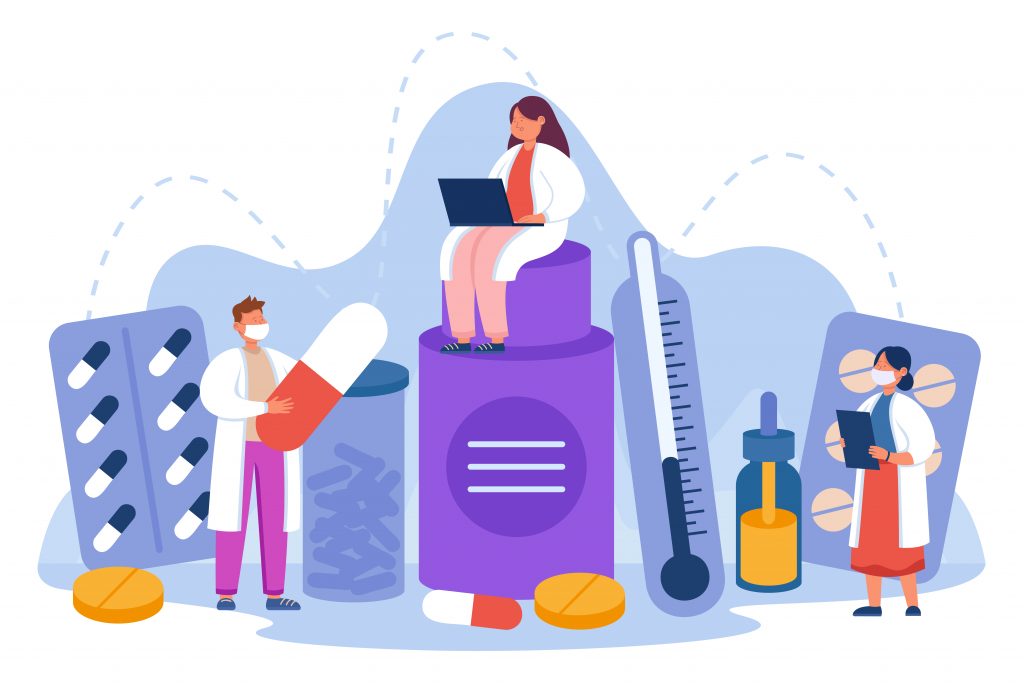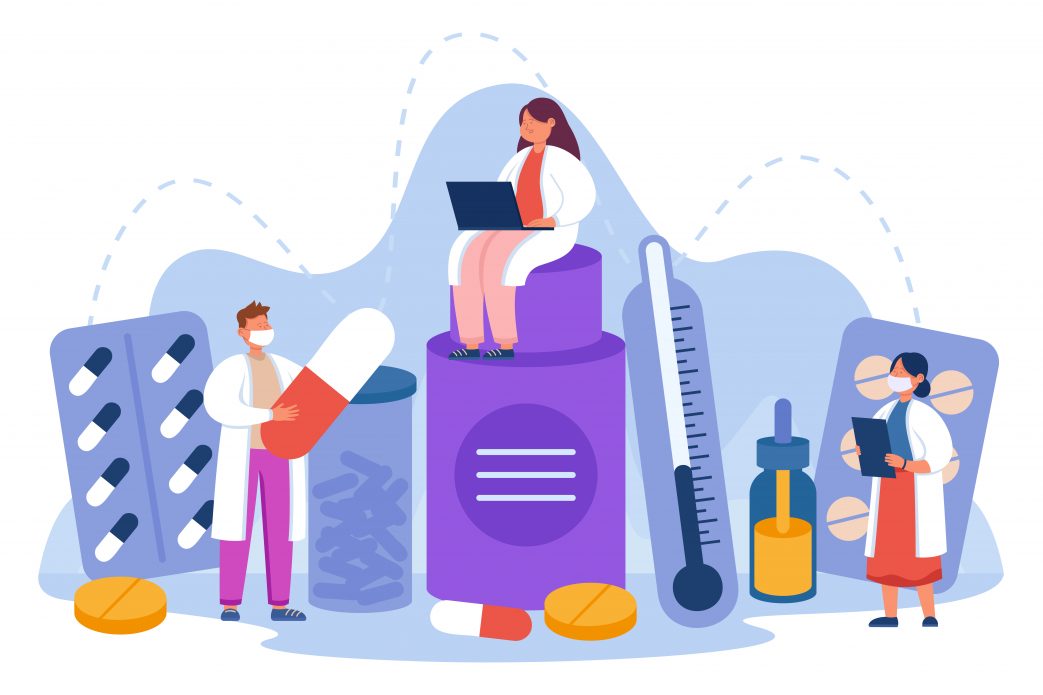
Gerald Bergtrom, University of Wisconsin, Milwaukee
Copyright Year: 2018
ISBN 13: 9780996150248
Publisher: University of Wisconsin, Milwaukee
Language: English
Formats Available
Conditions of Use
 Attribution
Attribution
CC BY
Source: https://open.umn.edu/opentextbooks/textbooks/244
Table of Contents
- Chapter 1: Cell Tour, Life’s Properties and Evolution, Studying Cells
- Chapter 2: Basic Chemistry, Organic Chemistry and Biochemistry
- Chapter 3: Details of Protein Structure
- Chapter 4: Bioenergetics
- Chapter 5: Enzyme Catalysis and Kinetics
- Chapter 6: Glycolysis, the Krebs Cycle and the Atkins Diet
- Chapter 7: Electron Transport, Oxidative Phosphorylation and Photosynthesis
- Chapter 8: DNA Structure, Chromosomes and Chromatin
- Chapter 9: Details of DNA Replication & DNA Repair
- Chapter 10: Transcription and RNA Processing
- Chapter 11: The Genetic Code and Translation
- Chapter 12: Regulation of Transcription and Epigenetic Inheritance
- Chapter 13: Post-Transcriptional Regulation of Gene Expression
- Chapter 14: Repetitive DNA, A Eukaryotic Genomic Phenomenon
- Chapter 15: DNA Technologies
- Chapter 16: Membrane Structure
- Chapter 17: Membrane Function
- Chapter 18: The Cytoskeleton and Cell Motility
- Chapter 19: Cell Division and the Cell Cycle
- Chapter 20: The Origins of Life
Ancillary Material
About the Book
A grasp of the logic and practice of science is essential to understand the rest of the world around us. To that end, the CMB3e iText (like earlier editions) remains focused on experimental support for what we know about cell and molecular biology, and on showing students the relationship of cell structure and function. Rather than trying to be a comprehensive reference book, CMB3e selectively details investigative questions, methods and experiments that lead to our understanding of cell biology. This focus is nowhere more obvious than in the chapter learning objectives and in external links to supplementary material. The Basic CMB3e version of the iText includes links to external web-sources as well as the author’s short, just-in-time YouTube VOPs (with edited, optional closed captions), all embedded in or near relevant text. Each video is identified with a descriptive title and video play and QR bar codes.
The Learning objectives align with content and ask students to use new knowledge to make connections and deepen their understanding of concept and experiment. All external links are intended to expand or explain textual content and concepts and to engage student curiosity. Links to full VOP lectures are now at the back of the book. include optional edited closed captions.
All images in the iText are by the author or are from public domain or Creative Commons (CC) licensed sources. For all externally sourced images, CC licenses are indicated with the image. Beyond the Basic CMB3e, the freely available Annotated CMB3e contains interactive links and formative assessments in the form of Challenge boxes. A CMB3e Sample Chapter and CMB3e iText for Instructors model additional interactive features, including short 25 Words or Less writing assignments that can be incorporated into almost any course management system, and all of which the author assigned as homework in his flipped, blended course. These assessments aim to reinforce writing as well as critical thinking skills. The CMB3e Sample Chapter is freely available for download; the CMB3e for Instructors version of the iText is available on request.
My goal in writing this iText is to make the content engaging, free and comparable in accuracy and currency to commercial textbooks. I encourage instructors to use the interactive features of the iText (critical thought questions, YouTube videos, etc.) to challenge their students.
With all of these enhancements, I encourage students to think about
• how good and great experiments were inspired and designed,
• how alternative experimental results were predicted,
• how data was interpreted, and finally,
• investigators (and we!) arrive at the most interesting “next questions”.
The online iText is the most efficient way to access links and complete online assignments. Nevertheless, you can download, read, study, and access many links with a smart phone or tablet. And you can add your own annotations digitally, or write in the margins of a printout the old-fashioned way! Your instructor may provide additional instructions for using your iText.
About the Contributors
Author
Gerald Bergtrom is a Professor (Emeritus) of Biological Sciences and a learning technology consultant in the Learning Technology Center (LTC) at the University of Wisconsin-Milwaukee (UWM). His research interests are in the field of molecular biology and evolution as well as in the area of learning technologies in the service of good pedagogy. He has taught required introductory courses and elective course for biology majors as well as advanced and graduate courses. With more than 33 years experience in instruction, he has frequently tested and incorporated pedagogically proven teaching technologies into his courses.
Image source: https://www.freepik.com/free-vector/tiny-pharmacist-with-pills-vitamins-flat-vector-illustration-doctors-writing-prescriptions-antibiotics-working-together-helping-patients-cure-pharmacy-business-drugstore-concept_24644990.htm#page=41&query=science&position=37&from_view=search.


